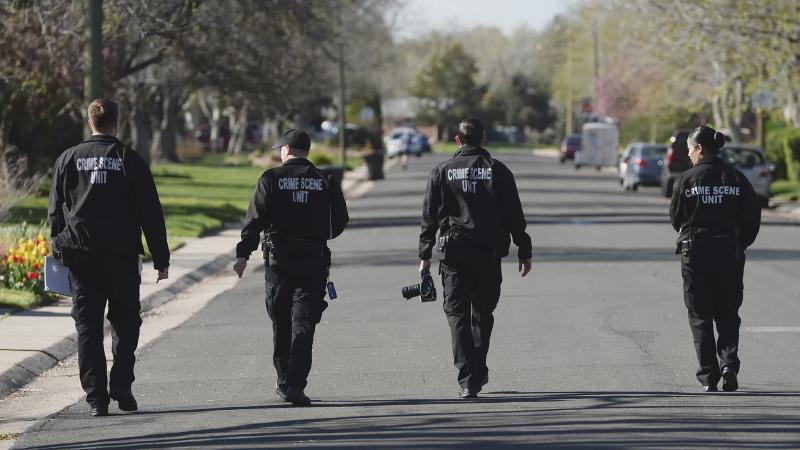Last night, I had a brief conversation with a fellow villager about land law enforcement issues and discovered that they currently have a batch of cases involving illegal rare earth mining and unauthorized excavation of kaolin (ceramic clay).
Due to professional sensitivity, I quickly realized that these cases fall into the gap between local administrative law enforcement and criminal justice. Severe cases of illegal mining and destructive mining practices are covered under criminal law, while minor infractions fall under the administrative penalties of the land law enforcement departments.
There are currently four main difficulties in such cases:
If the land law enforcement departments do not proactively inform the procuratorate about the penalties, the illegal mining activities will not enter the judicial process. Currently, there is no legal requirement for land law enforcement departments to do this; it is only done voluntarily by some localities to coordinate information sharing.
The evidence required for penalties by land law enforcement departments is extremely simple. For example, in the case of illegal parking, traffic police only need to take a photo and issue a ticket. However, the requirements in the criminal field are much stricter. Not only must it be proven that the vehicle was parked by the offender, but also that the parking duration exceeded the limit, along with obtaining statements from the offender. Therefore, the evidence collected by land law enforcement departments is merely a simple reference for judicial authorities. To pursue criminal liability, a significant amount of additional evidence is required.
There are investigative challenges in such crimes. First, the suspect must be caught in the act, which requires substantial police support. Second, it must be proven that the amount of illegal mining and the area of destruction meet legal standards, but suspects often refuse to admit guilt, making it extremely difficult for the police to trace the previously mined materials. Third, suspects often mislead the police about the destination of the mined materials to evade responsibility, leading to a waste of police resources. Fourth, the police face difficulties in assessing the quantity and area of illegal mining, and it is hard to prove the causal relationship of the actions.
Both land law enforcement and public security, procuratorate, and court departments are unfamiliar with such cases, having almost no experience in handling them, resulting in a high learning curve. In practice, this can lead to illegal or negligent actions, causing suspects to ultimately avoid conviction, thereby effectively substituting penalties for criminal punishment.
The next step is to start researching countermeasures.
